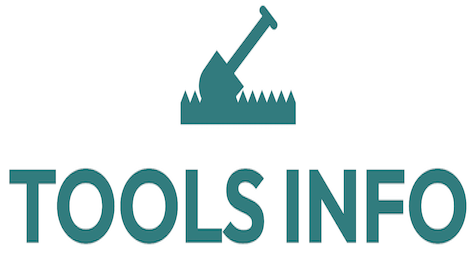Introduction
Importance of Clean Battery Contacts
Cordless tools rely heavily on efficient power transfer through their battery contacts. Over time, these contacts can accumulate dirt, dust, and corrosion that reduce their conductivity. Proper cordless tool battery contacts cleaning ensures that your tools work at peak performance, extending battery life and preventing unexpected power losses. Maintaining clean contacts improves the efficiency of electrical flow, reducing wear on both the battery and tool components.
Ignoring the condition of your cordless tool battery contacts can result in inconsistent power delivery or even complete failure to power on. The simple process of regular cleaning is a cost-effective way to maintain the longevity and reliability of your tools.
Steps to Clean Battery Contacts
Gathering Supplies
Before diving into battery contacts cleaning, it’s important to have the right tools and materials at hand. Here’s what you’ll need:
- Isopropyl alcohol (at least 70%)
- Cotton swabs or lint-free cloth
- Fine-grit sandpaper or a small metal brush
- Compressed air canister
- Screwdriver (if disassembly is required)
- Gloves (optional for safety)
Having these supplies ready streamlines the cleaning process, ensuring that you do thorough and safe maintenance.
Cleaning the Contacts
Start by removing the battery pack from your cordless tool according to the manufacturer’s instructions. Use compressed air to blow away any loose dirt or debris around the contacts. Next, dampen a cotton swab with isopropyl alcohol and gently wipe the battery and tool contacts. This helps dissolve grime and oils that block electrical conductivity.
If corrosion or oxidation is visible, carefully use fine-grit sandpaper or a small metal brush to clean the metal surfaces. Be gentle to avoid damaging the contact points. After scrubbing, wipe the area again with an alcohol-dampened swab to remove residue.
Allow the contacts to air dry completely to prevent moisture-related issues before reassembling. This step is critical because moisture trapped on contacts can lead to short circuits or corrosion.
Reassembling the Tool
Once the contacts are clean and dry, reattach the battery pack securely to the tool. Ensure the battery clicks or locks into place, and that no parts are loose. Reassemble any parts you previously removed during the cleaning process. Double-check the alignment of the contacts to guarantee maximum conductivity.
Testing the Conductivity
Ensuring Proper Contact
After cleaning and reassembling, it’s important to test the performance of your cordless tool. Turn on the tool and observe if it runs smoothly without interruptions or power drops. You may also test the battery voltage using a multimeter to confirm improved contact conductivity.
If the tool shows signs of weak power even after cleaning, recheck the contacts for overlooked residue or corrosion. Consistent contact is essential for efficient power transfer and overall tool functionality.
Maintenance Tips
Regular Cleaning Schedule
To maximize conductivity improvement, incorporate battery contacts cleaning into your routine tool maintenance. Ideally, inspect and clean your cordless tool battery contacts every 3-6 months depending on usage frequency and environmental conditions.
Keeping a regular schedule helps prevent buildup and corrosion before they impair your tool’s performance. Documentation of cleaning intervals can be helpful for professional tool management.
Avoiding Corrosion
Corrosion is a leading cause of poor conductivity in battery contacts. To minimize corrosion risks:
- Store cordless tools and batteries in dry, cool environments.
- Avoid exposing battery contacts to moisture or humidity.
- Use protective terminal covers if available.
- Remove batteries from tools if storing for extended periods.
By following these guidelines, you preserve the metal integrity of the contacts, ensuring reliable conductivity over time.
FAQs
Why is cleaning battery contacts important?
Cleaning battery contacts removes dirt, corrosion, and oxidation that can block electrical flow. This ensures efficient power transfer and reliable tool operation.
What supplies do I need to clean battery contacts?
Essential supplies include isopropyl alcohol, cotton swabs, fine-grit sandpaper or metal brush, compressed air, and optionally gloves and a screwdriver.
How often should I clean cordless tool battery contacts?
It’s best to clean contacts every 3-6 months, or more frequently if you use the tool heavily or in dusty/humid conditions.
For a deeper understanding of the components involved, you can visit this Battery Contact Overview.
For more extensive guidance on tool maintenance and repairs, check out our detailed article here.
Maintaining clean cordless tool battery contacts is a simple but effective way to enhance tool reliability and extend battery life. Consistent attention to this small detail can save time and money in the long run.
Ready to keep your cordless tools running smoothly? Click HERE to discover expert tips on tool maintenance and repairs.
